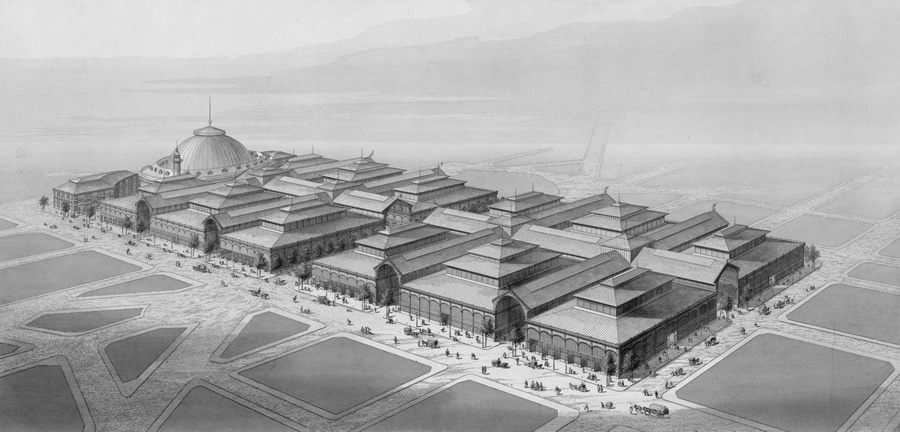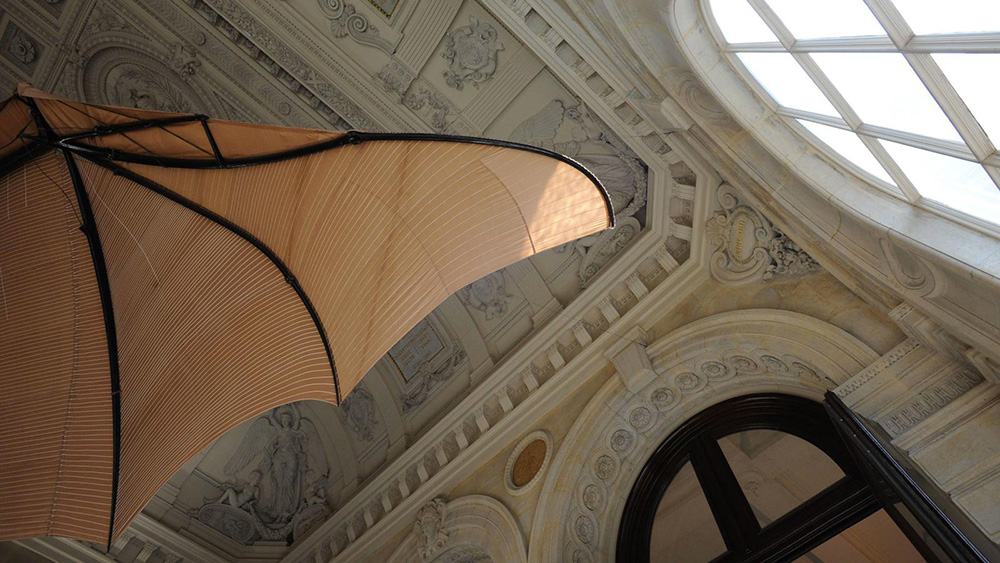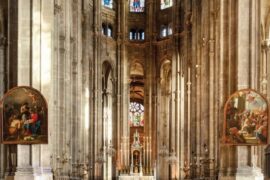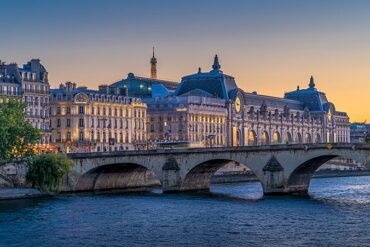The fortress that was built by Phillip Auguste in 1190 only occupied a quarter of the courtyard to the west of the original palace – a tiny fraction of the current 135,000 square metres of rooms, bedrooms and galleries that make up the modern-day Louvre Palace. In the 19th Century, Charles V made it his official royal residence. His more illustrious predecessors up to Louis XIV expanded and upgraded the buildings, and this trend was continued by two Napoléons.
The artistic centre of The Louvre was born in 1692, ten years after the departure of Louis XIV and his court that went to Versailles. The royal apartments were home to academies that represented the arts, literature and science. Painters set themselves up in the galleries, following different boutiques. From 1689, exhibitions were organised at the Louvre.
At the time of the revolution, those in power decided to open the main gallery to the public, unveiling the treasures of royal collections. A section of the Palace of the Kings then became a museum. Under the French Empire, Napoléon I devoted The Louvre to the storage of works that had been confiscated from his nation’s enemies. These items and other purchases completed the catalogue of 35,000 pieces at the time. In 1981, François Mitterand decided to expand the Grand Louvre and its museum, and the courtyard was enriched by the pyramid of Leoh Ming Pei.
Image source : http://fr.wikipedia.org/wiki/Mus%C3%A9e_du_Louvre
Website : www.louvre.fr




